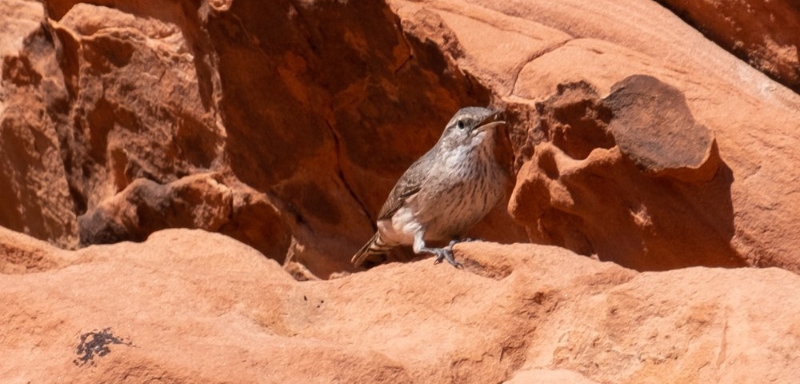In Death Valley National Park last night at 10:00 p.m., the temperature was a bizarre 116°. Death Valley National Park is dubbed one of the hottest places on Earth. Earlier that same day in the afternoon, temperatures were at 126 degrees. A few more, and it would have broken the previous record.
“I never knew such temperatures before,” said Nicolas Combaret, 40, who was visiting Death Valley from France with his wife and 5-year-old son. It was one of several stops on their tour of the Southwest.
“When we saw on the news that the temperature would be 125, 126, we thought, ‘Wow, that’s impressive — it will be a good experience to live that, to feel the hottest ever here.'”
For those who are curious as to why Death Valley is one of the hottest places: much of the reason is that Death Valley is a long narrow Basin that sinks 282 ft below sea level. The sun-bleached moonscape near the border of Nevada is hemmed in by jagged brassy mountains that don’t let hot air out, making Death Valley pretty much the same temperature as your flat iron.
But even Death Valley is not supposed to be this high of a temperature. It would seem that not even Death Valley is immune to climate change.
Death Valley’s current temperature record is 134°. When that record was set, many also questioned if such a milestone was the result of climate change.
“As the climate changes, as world temperatures get hotter, Death Valley will get hotter,” said Giovanna Ponce, a public information officer with the park. She noted that seven of Death Valley’s hottest summers on record occurred in the past ten years.
In the year 2020, 169 days were over 100 degrees, holding the record for the hottest year for Death Valley, per the National Weather Service. One year later (2021), a new record was set for the most days over 125° in Death Valley (11).
If temperatures continue to climb, there will be cascading impacts such as threats to birds, fish, ancient trees, and more. Many of the animals, because they live in such extreme places, have adapted to this climate and the extreme temperature changes in their lifestyle, but how much can they withstand before it is too much?
A study by Berkeley on the collapse of desert birds due to heat stress from climate change found that about a third of Death Valley’s bird species have declined in the last 100 years due to the heat stress from climate change and rising temperatures.
“It’s like hell,” said Robert Szulc, 51, who led a tour group from Poland up a hill to Zabriskie Point, a scenic overview. Szulc said he’s experienced extreme heat in the deserts of Africa, “but in the desert, you have hot days and cold nights, but here it’s different — the night here is hot.”
Many people are also worried about the Devil’s Hole pupfish, which has continues to recover in population after near extinction a few years ago. If it gets hotter, their reproductive cycles could be affected, which would already threaten an already diminished population.
“It’s a dry heat,” said Steve Curry, 71, who was visiting Death Valley from the Sunland neighborhood of Los Angeles. No stranger to heat, Curry had hiked from Golden Canyon to Zabriskie Point early Tuesday morning and was scrunched into a tiny spot of shade beneath a metal interpretive sign.
“Everything is hot here,” he said, rapping on the metal.

